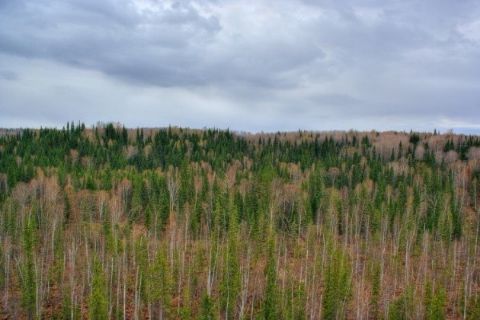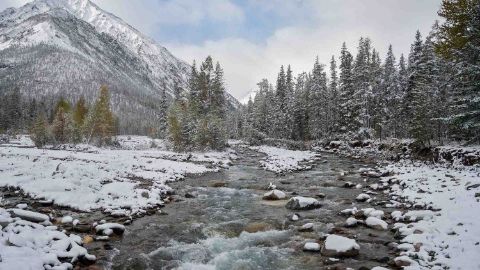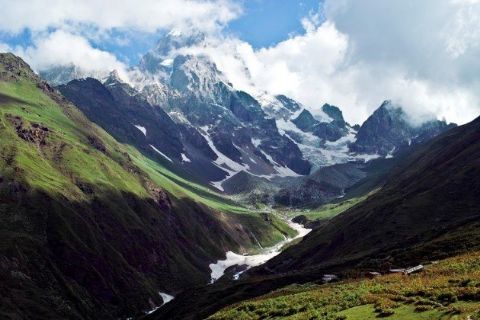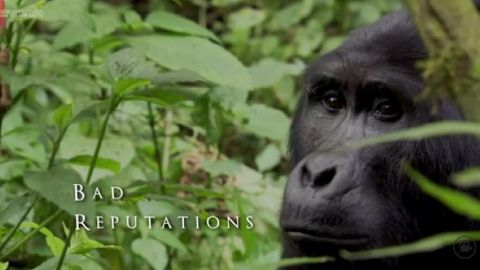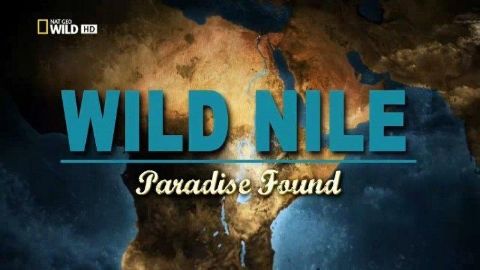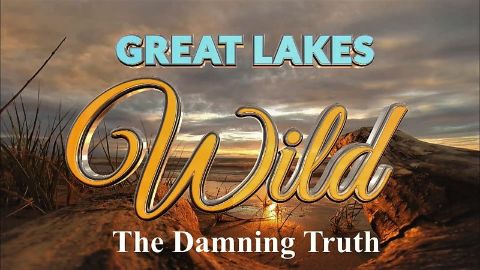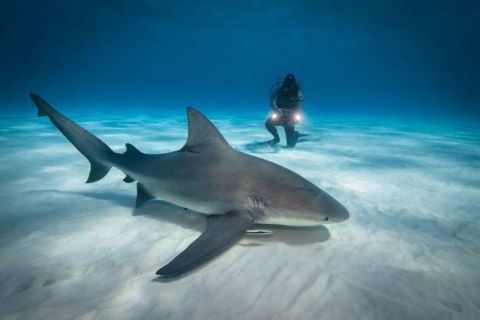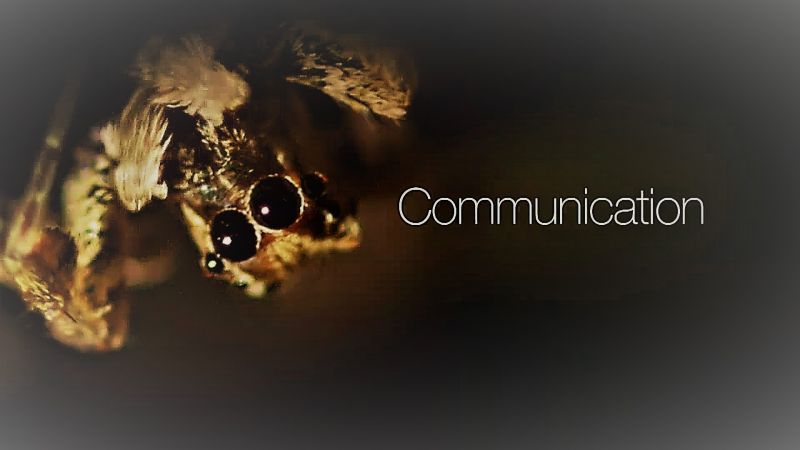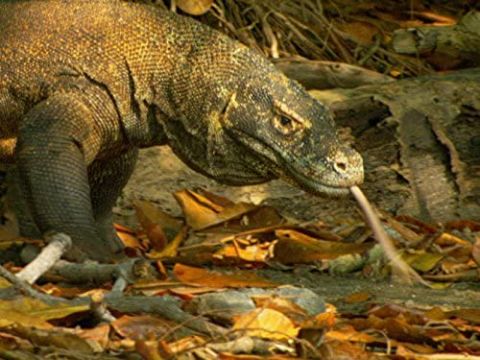Siberia • 2009 • episode "S1E3" • Wild Russia
Siberia - It accounts for 10% of the land on our planet. Siberia is known for its frost and is known worldwide as one of the coldest places on earth. However, Siberia is home to numerous species of large wild animals, beasts and other creatures, including musk deer, camel, gazelle and rare species of lizard - Siberian salamander, which can be several years in a frozen state at - 40gradusov C and survive. From the cold north to the southern steppes - all Siberia, in all its splendor. Kamchatka - Land exploding volcanoes and glaciers, a country of ice and fire.
Make a donation
Buy a brother a hot coffee? Or a cold beer?
Hope you're finding these documentaries fascinating and eye-opening. It's just me, working hard behind the scenes to bring you this enriching content.
Running and maintaining a website like this takes time and resources. That's why I'm reaching out to you. If you appreciate what I do and would like to support my efforts, would you consider "buying me a coffee"?
Donation addresses
BTC: bc1q8ldskxh4x9qnddhcrgcun8rtvddeldm2a07r2v
ETH: 0x5CCAAA1afc5c5D814129d99277dDb5A979672116
With your donation through , you can show your appreciation and help me keep this project going. Every contribution, no matter how small, makes a significant impact. It goes directly towards covering server costs.

